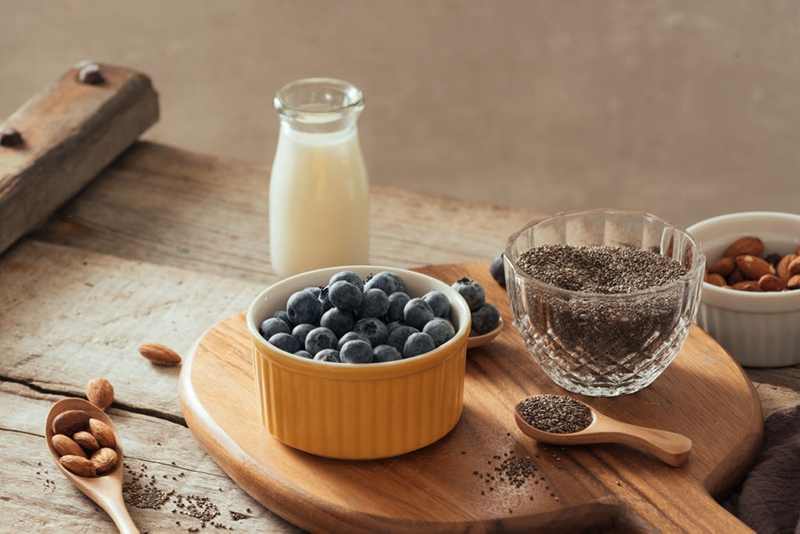Functional food additives taste-producing lactic acid bacteria such as:
Lactobacillus bulgaricus and Streptococcus thermophilus: their characteristic flavors are mainly acetaldehyde
Streptococcus diketone lactis, Acetobacter aceti, Leuconostoc membranae and Streptococcus casei, etc.
Flavor substances such as oxalyl, lactic acid, acetic acid and diacetyl are produced. probioticseverything.com
probiotic align
probiotic align
Application of probiotics in yogurt
The application of bifidobacteria in yogurt: the sensory characteristics of bifidobacteria milk are lighter sour taste, and less bitter taste than other fermented dairy products, resulting in the formation of physiologically active L(+) lactic acid, bifidobacteria
Bacillus is particularly suitable for processing fermented milk beverages and can produce fermented milk products with both nutritional and physiological functions. probioticseverything.com
Application of bifidobacteria in soymilk products
Kamaly (1989) conducted research on soymilk products of bifidobacteria. In soymilk, carbohydrates, protein hydrolyzates and amino acids can promote the growth and acidification of bifidobacteria, and can produce bifidobacteria as the only fermentation bacteria. Excellent textured yogurt product. probioticseverything.com
The use of probiotics in cheese
Cheese can be used as a carrier of probiotics because it has both a starter and a unique physiological function for the human body. probioticseverything.com
probiotic align
probiotic align
probiotic align
Use of probiotics in other foods
Johnson et al. (1998) applied Lactobacillus plantarum fermented beverage containing rose hips oatmeal, and its intake could reduce the content of short-chain fatty acids (SCF) in human feces, and at the same time have effects on feces and microorganisms;
Errkkila et al. (2001) applied a new type of starter to ferment dried sausage, and obtained a new flavor of dry sausage products. The starter was composed of rhamnosus and Lactobacillus plantarum.
(1999) applied Lactobacillus plantarum to ferment green olives under the low temperature conditions of fermentation strains, established various parameters of fermentation, and provided a unified and kind convenient and effective method for the production of green olive sill products.
Kalac and Kalae et al. (2000) used Lactobacillus plantarum as fermentation strains to produce kimchi, which effectively reduced the amine content in the product. probioticseverything.com
probiotic align
prospect
With the development of biotechnology, people’s research on probiotics has become more and more extensive, the research on probiotics has become more in-depth, and the understanding of probiotics has been continuously improved; with the enhancement of people’s health awareness and the influence of social and economic factors, the The world has developed a strong interest in functional foods, and the use of probiotics in health food is one of the hotspots of current research in various countries; in order to better develop and utilize probiotics, the mechanism of action of probiotics in the intestine must be further studied. Health care effects on healthy people, and how to improve the stability and persistence of probiotics in food;
It is necessary to continuously expand the application scope of probiotics in food to promote the progress of the food industry and enhance the health of the people. probioticseverything.com
probiotic align







